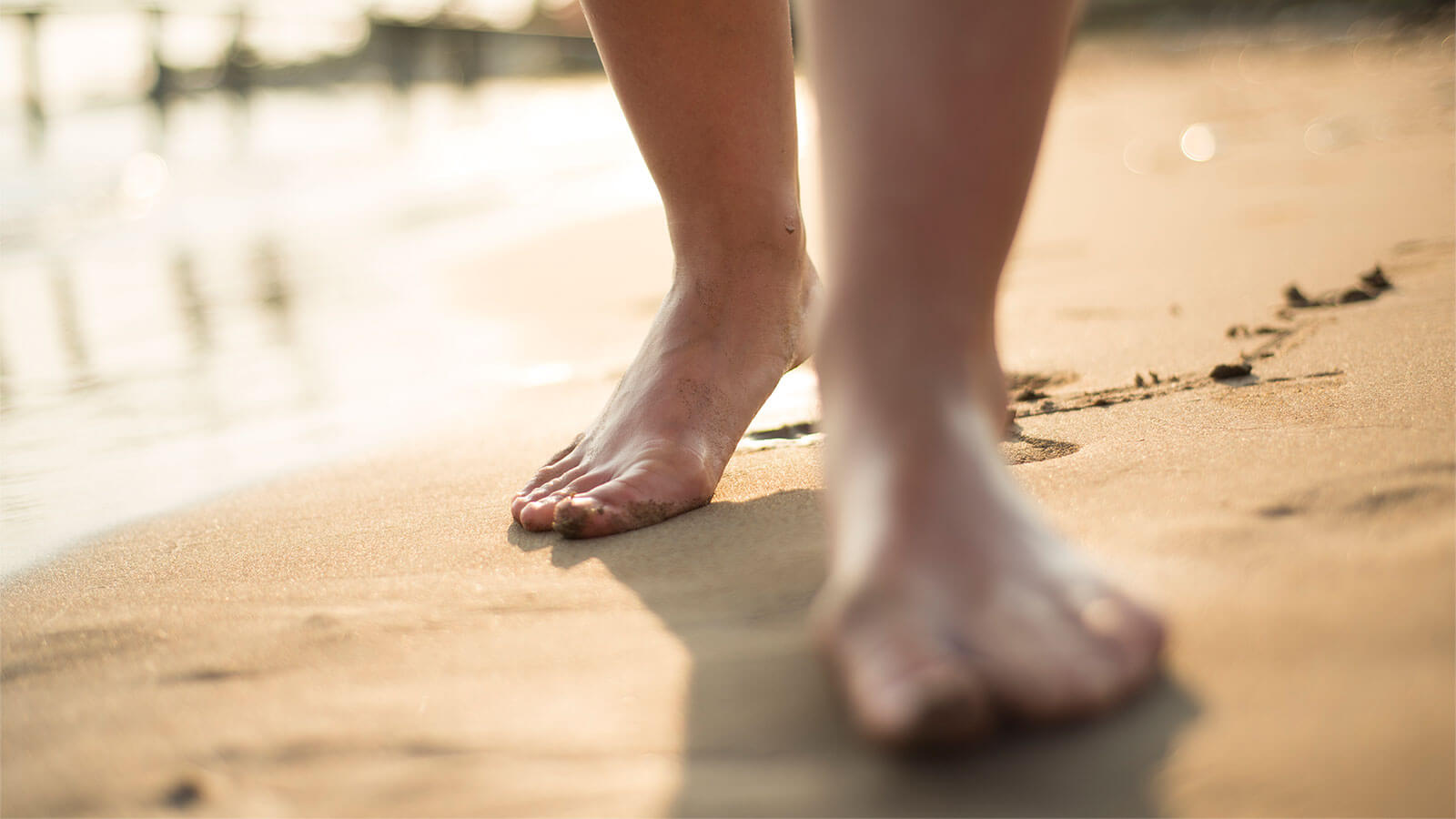Hammertoe is the deformity of the second, third, fourth and fifth toes. In this condition, the toe is bent at the middle joint, so that it resembles a hammer. Initially, hammer toes are flexible and can be rectified with simple measures but if left untreated, they may become permanent and require surgery.
People with hammer toe may develop corns or calluses on the top of the middle joint of the toe or on the tip of the toe.
CAUSES
 One of the common reasons for hammer toes is wearing ill fitting shoes. For instance; If the toe is too long and is forced into a cramped position in the shoe, it may result in hammertoe. Muscle imbalance often in combination with one or more other factors may also lead to hammer toes.
One of the common reasons for hammer toes is wearing ill fitting shoes. For instance; If the toe is too long and is forced into a cramped position in the shoe, it may result in hammertoe. Muscle imbalance often in combination with one or more other factors may also lead to hammer toes.

In some cases, hammertoe is the result of an earlier trauma or injury to the toe while in others, it may be due to a genetic problem.
SYMPTOMS
The general symptoms observed for Hammertoe include :
- Pain or irritation of the affected toe while wearing shoes.
- Corn and calluses on one toe or between two toes or on the ball of the foot. These corns may be hard or soft and develop due to constant friction against the shoe.
- Inflammation, redness or a burning sensation.
- Contracture of the toe (distortion of muscular or connective tissue)
- Formation of open sores in severe cases.
DIAGNOSIS
Hammertoes are quite visible and can be diagnosed by simply checking the shape of the foot (which appears like a hammer) However, to arrive at a final conclusion, the foot and ankle surgeon does a thorough examination of the symptoms and the foot and contractures, if any. X Ray reports may be required to determine the degree of the deformities and notice any changes that might have taken place.
TREATMENT
Treatment options depend upon the severity of the problem and other related factors :
- Initial treatment starts by wearing shoes that have soft, roomy toe boxes. Shoes should be one and a half inch longer than the longest toe. Tight, narrow and high heeled shoes must be avoided.
- The doctor may suggest few toe exercises to stretch and strengthen the muscles. For example, while resting, a towel can be put under the feet and toes can be used to crumple it.
- Finally the doctor may recommend commercially available straps, cushions or non medicated corn pads to relieve the symptoms.
Hammertoe can also be corrected by surgery if initial measures fail to produce the desired results. Surgery is done on an out patient basis with local anesthesia. The actual procedure depends on the kind and extent of the deformity. After the surgery, there may be some stiffness, swelling and redness and the toe may become slightly longer or shorter than before. The patient will be able to walk, but should not plan any long hikes while the toe gets healed, and should keep the foot elevated as much as possible.

